Where I grew up, SPAM was considered a ghetto food. I mean I grew up poor on bologna sandwiches but my mom wouldn’t buy SPAM. I probably started eating it as a backpacking food in highschool where I developed a taste for the salty savory treat. (Not to be confused with the SPAM knockoff “Treet”) I have long championed the joys of SPAM with little success with my friends. Until I discovered the popularity of SPAM in certain island countries like Hawaii where SPAM was available through military rations. I’ve discovered that SPAM masubi is a great introduction for many doubtful eaters. Wrap it in dried seawood and suddenly it’s “exotic”.
I put SPAM in lots of things. Fried on a sandwich, cubed in a salad, incorporated into savory dishes, and yes I even make masubi. It’s not an everyday food but I enjoy it when I can, whenever I can find an excuse.
So clearly I was ecstatic about visiting the SPAM museum! It was easily on our way and I couldn’t wait to get access to all of those international flavors unavailable in stores. When we arrived they had maybe the most sophisticated COVID process we’d seen (after travelling through so many anti-mask states) which was great. Most of the attractions were open. No samples, obviously. But the store was open. I was disappointed to find only 4 varieties for sale in cans. Seems like a missed opportunity.
“The location in downtown Austin is approximately 14,000 square feet in size and comprises seven main galleries. These include Can Central, “the heart of the museum”; the World Market, where visitors can learn about the advertising and use of Spam and Spam recipes from 44 different nations; a World War II-themed exhibit explaining the importance of Spam as a staple for American troops; and Spam Brand 101, an interactive exhibit where visitors learn about 15 varieties of Spam and families are able to compete in the “assembly” of mock cans of Spam. Many of the exhibits include games, interactive videos, and hands-on activities. The Spam Shop offers hundreds of Spam-branded items and gifts. Volunteer guides – known as Spambassadors – offer visitors small bits of Spam on a toothpick or pretzel stick, commonly known as Spamples. ” [wikipedia.com]
The SPAM Museum
Jolly Green Giant
This 55 foot statue was erected in 1978 by the town of Blue Earth, MN, to coincide with the opening of the final stages of the first transcontinental freeway, I90. It actually wasn’t erected by the Green Giant company which operates in the valley. It was the idea Paul Hedberg, a local DJ, who organized donations from the businesses in town to raise the $50,000 needed to construct it. Permission was obtained from the company who requested final say on the design.
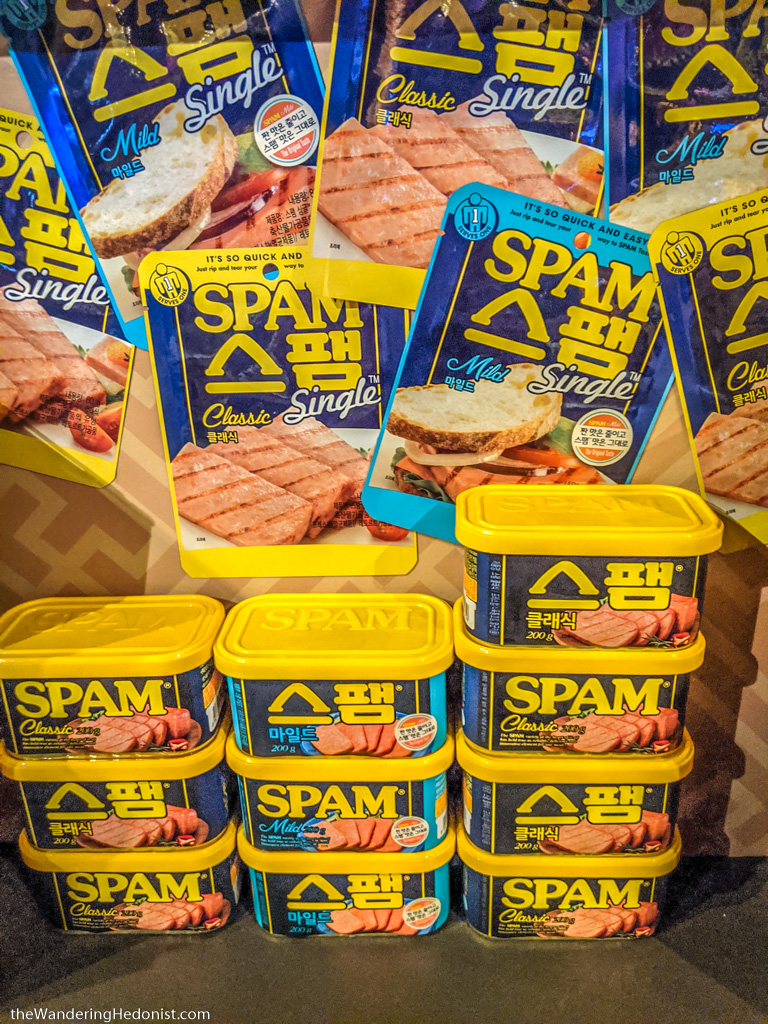
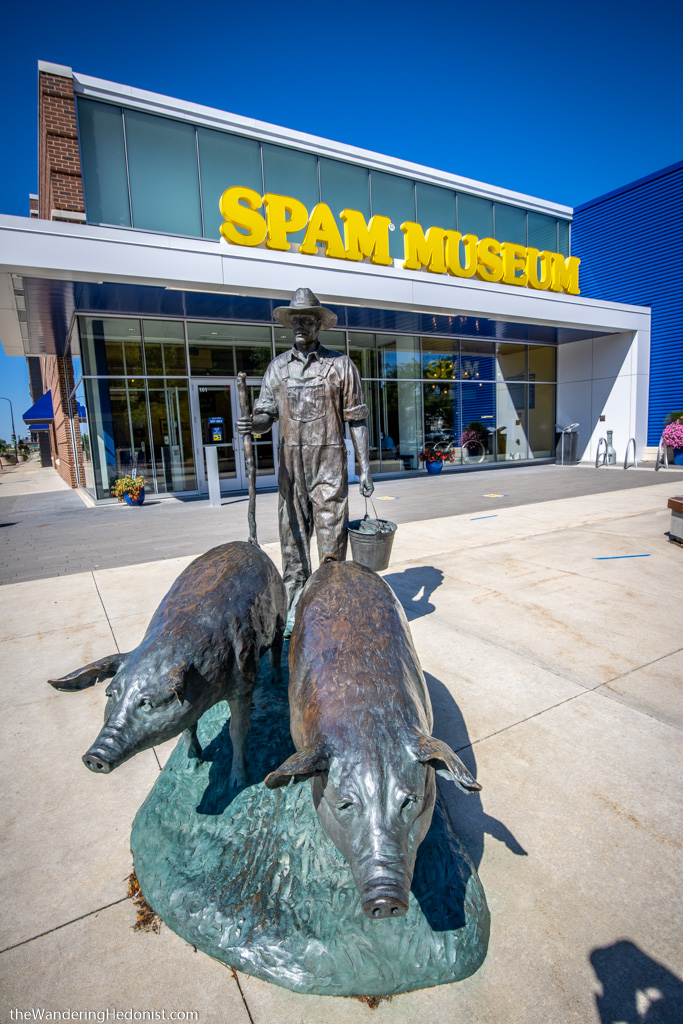
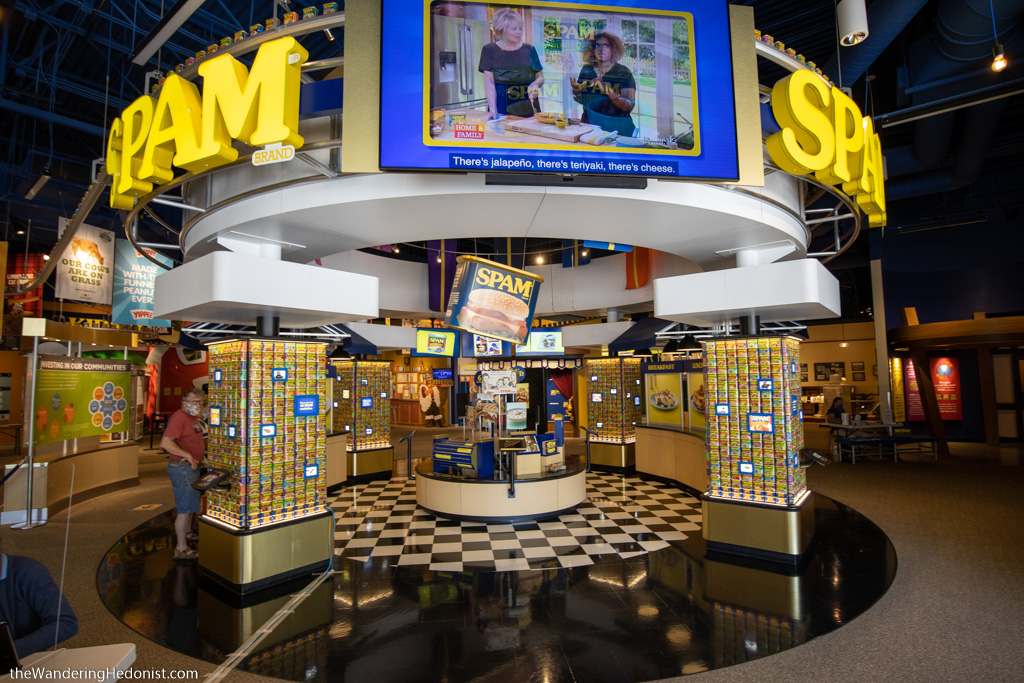
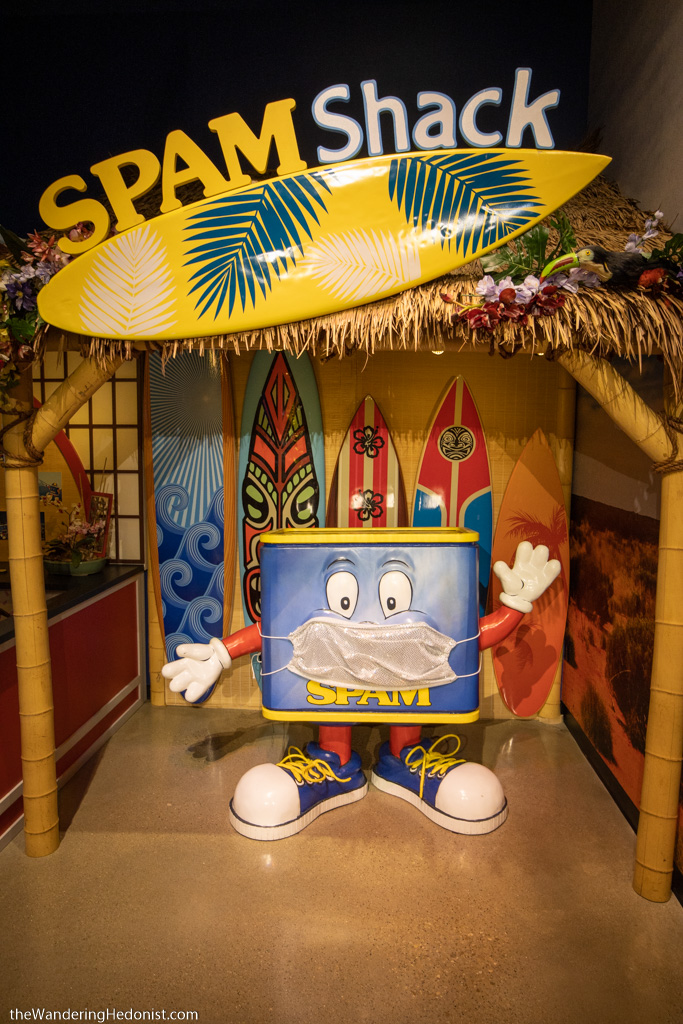
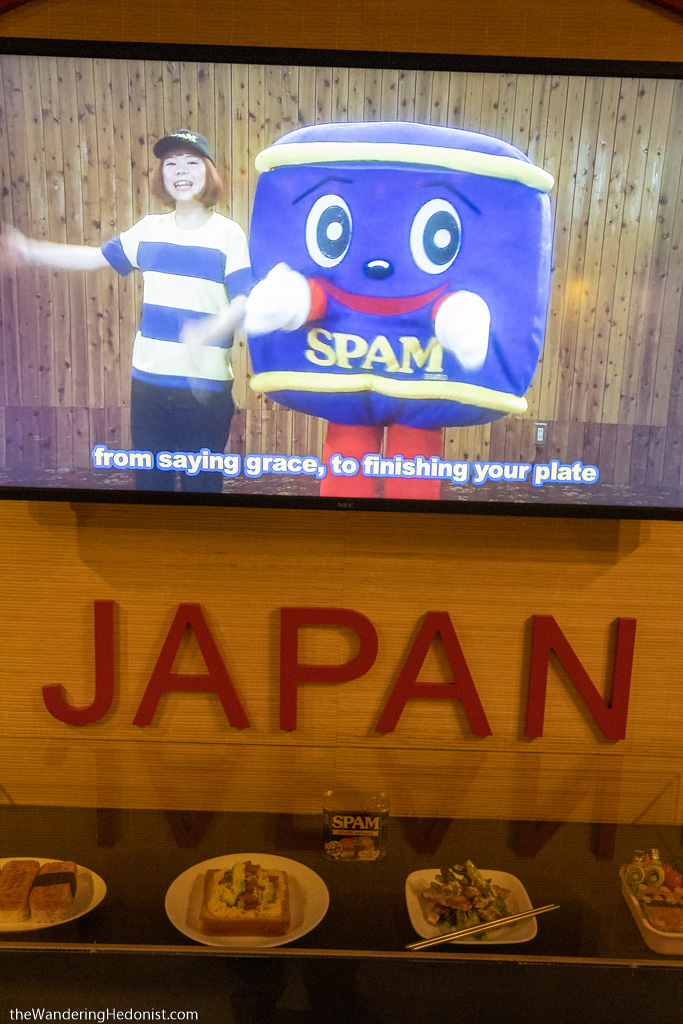
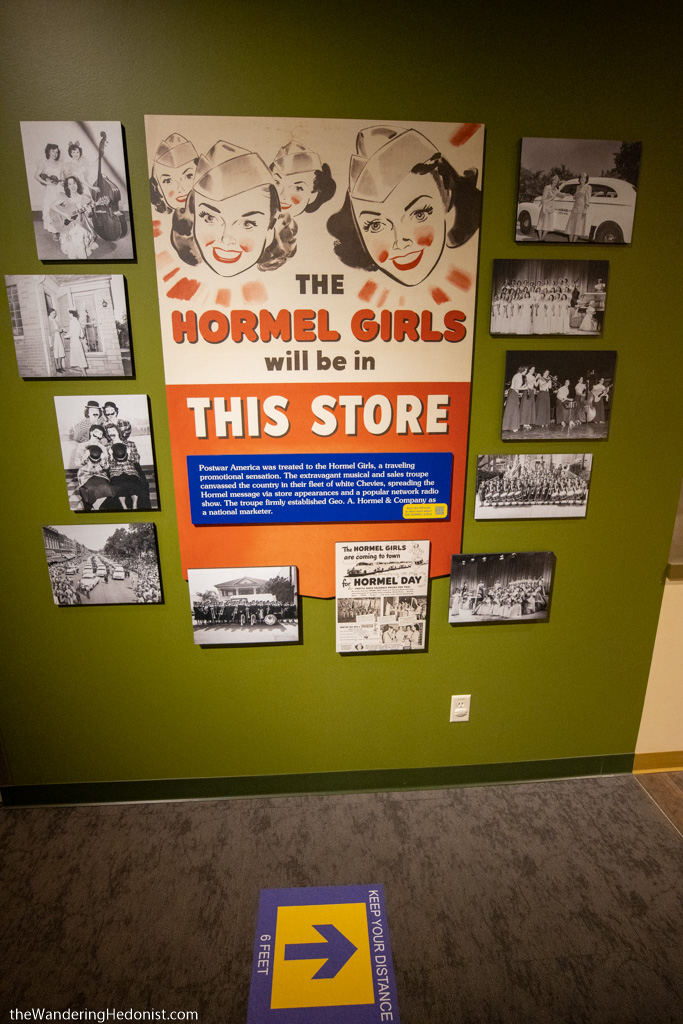
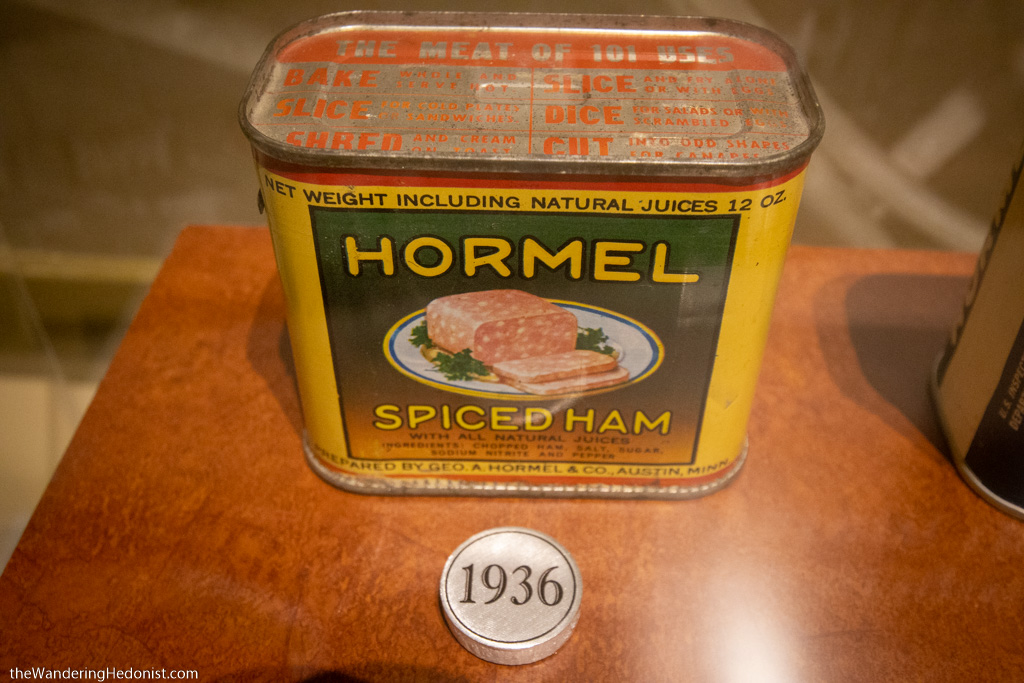
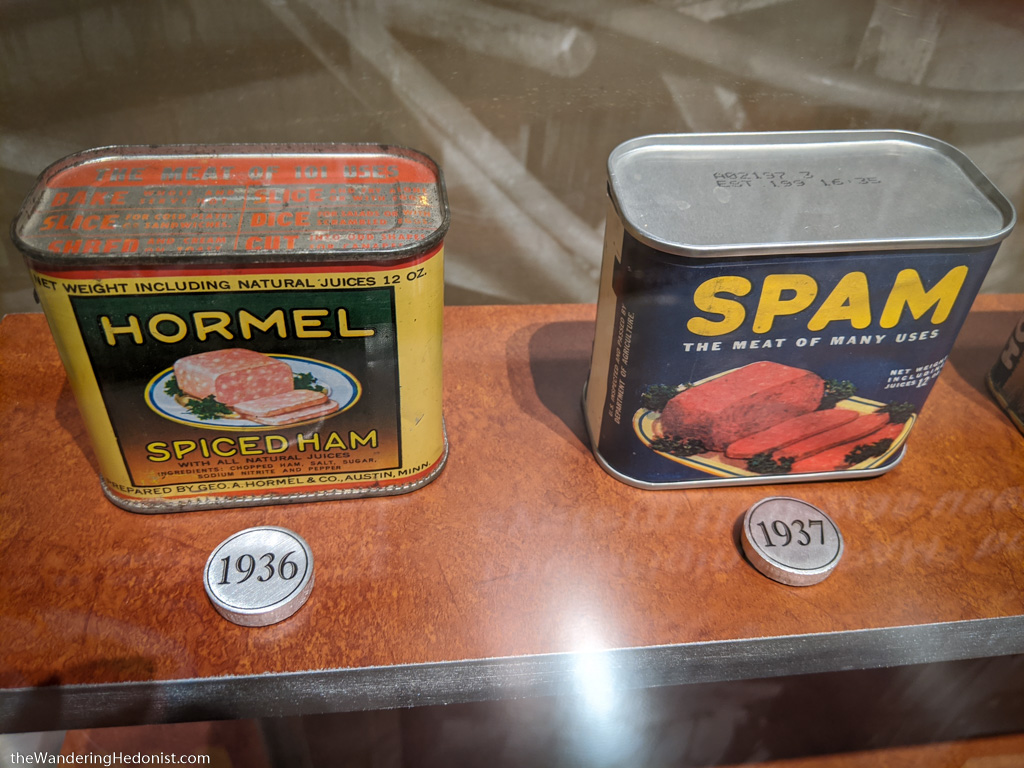
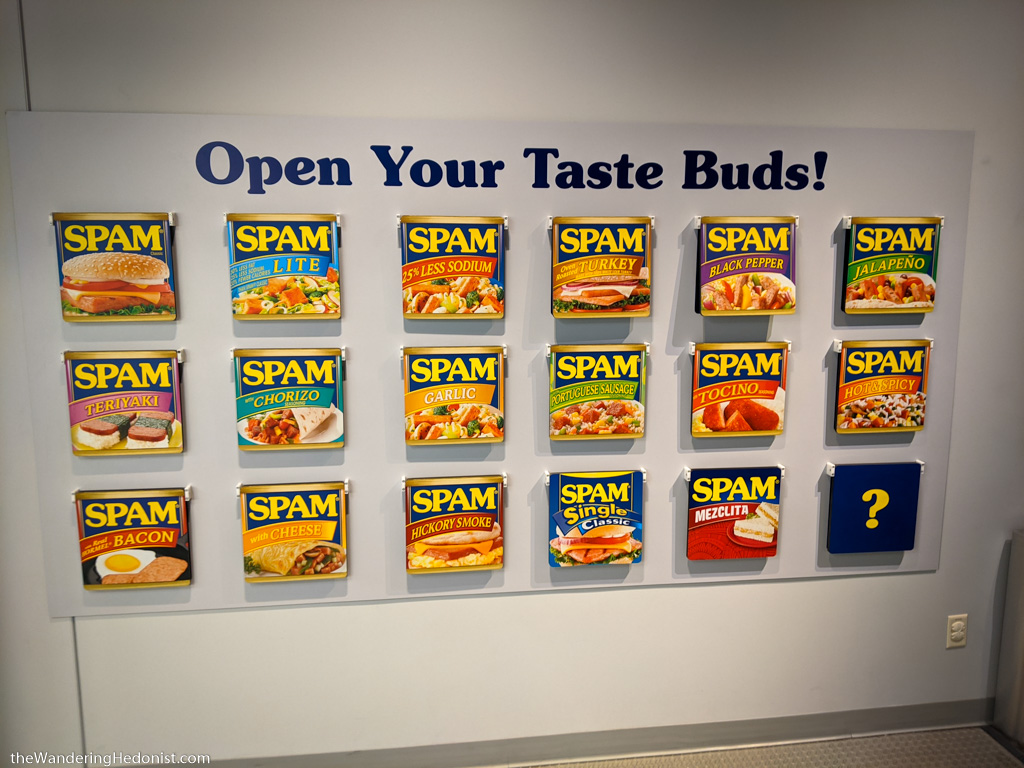
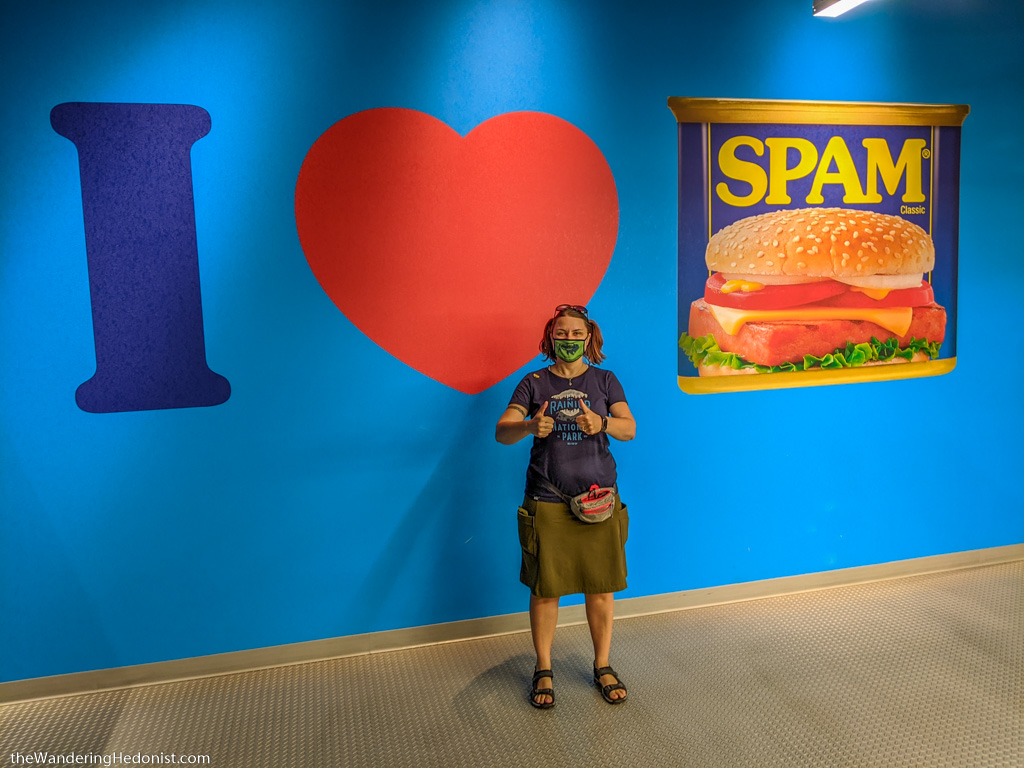
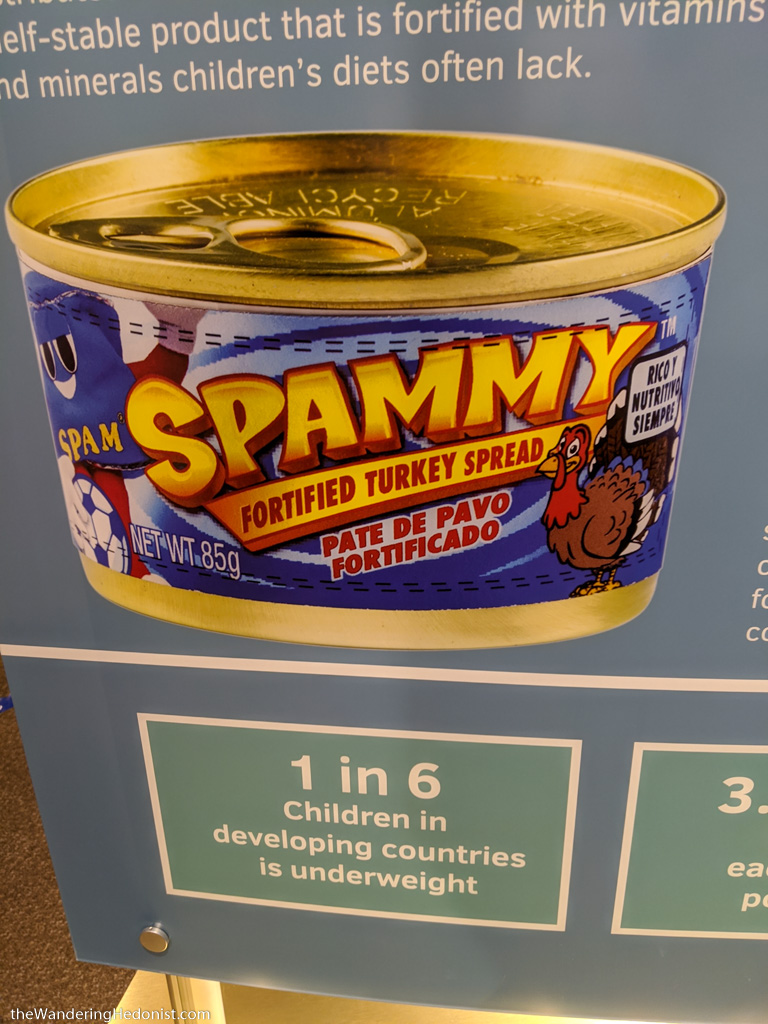
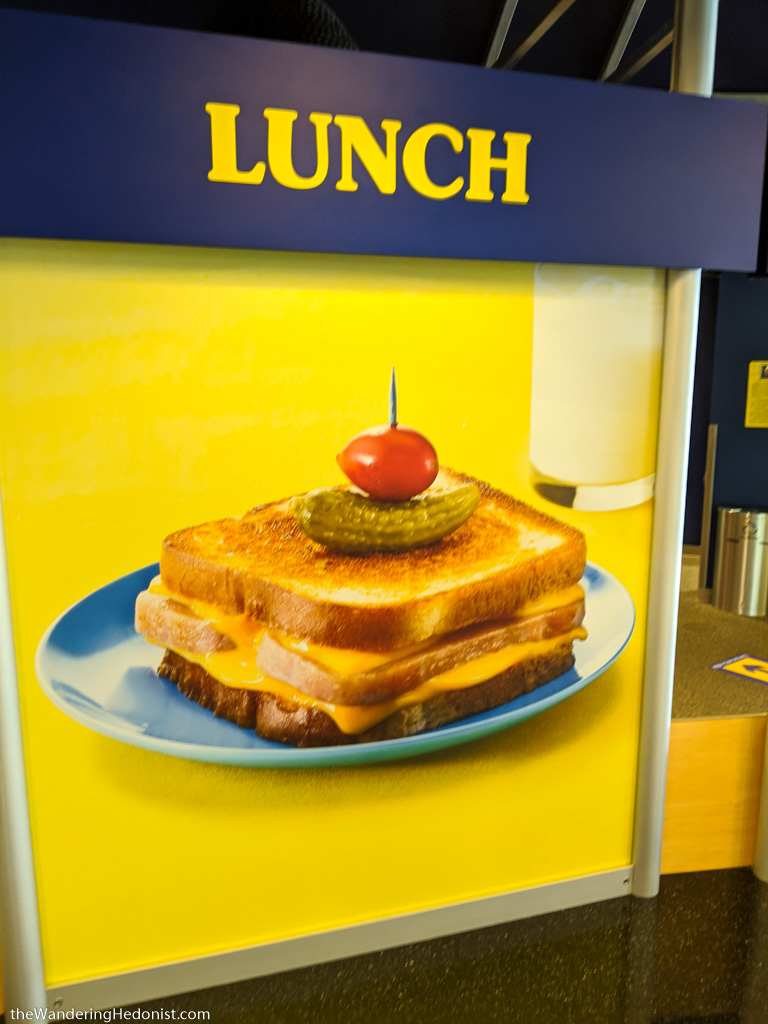
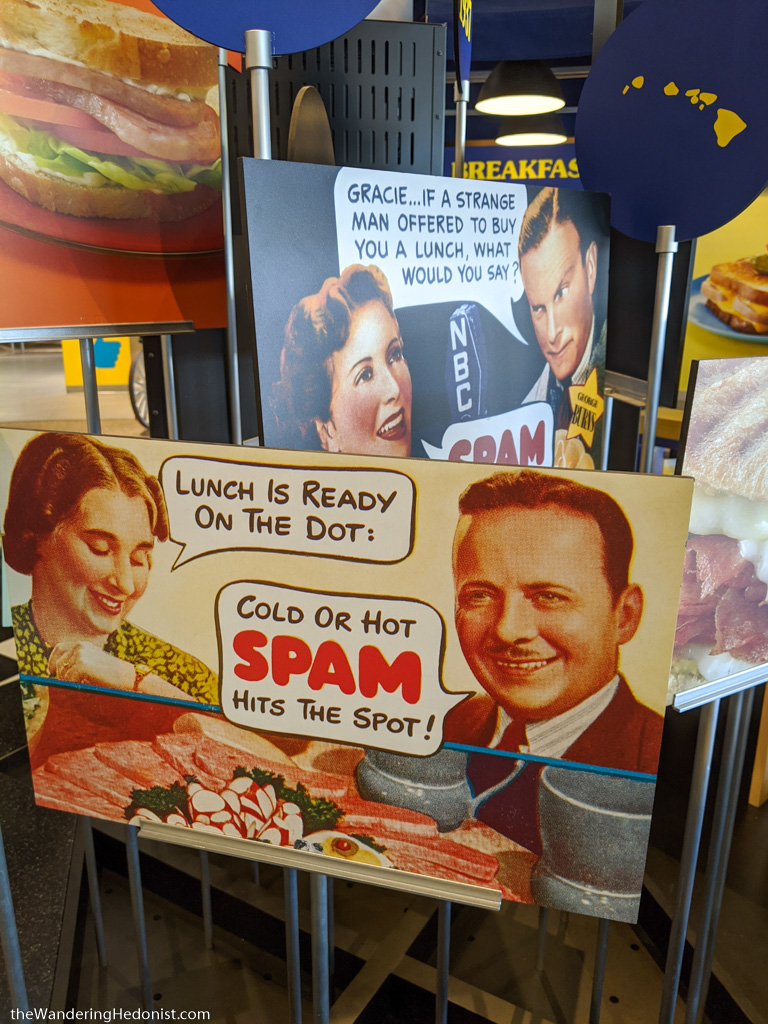
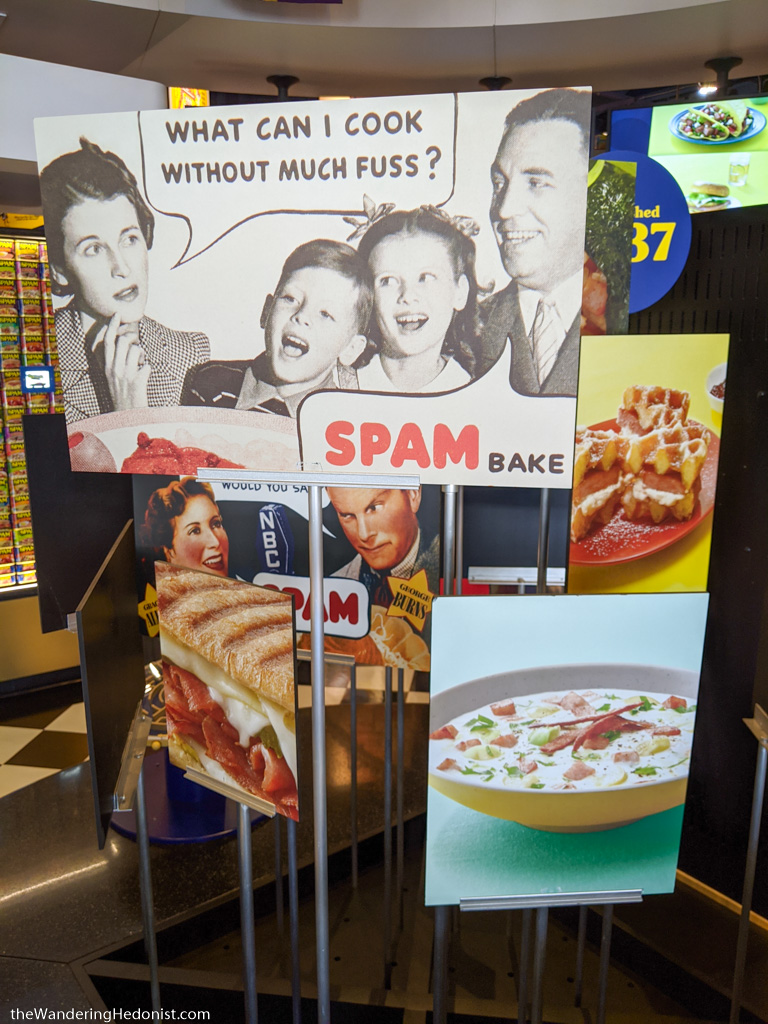
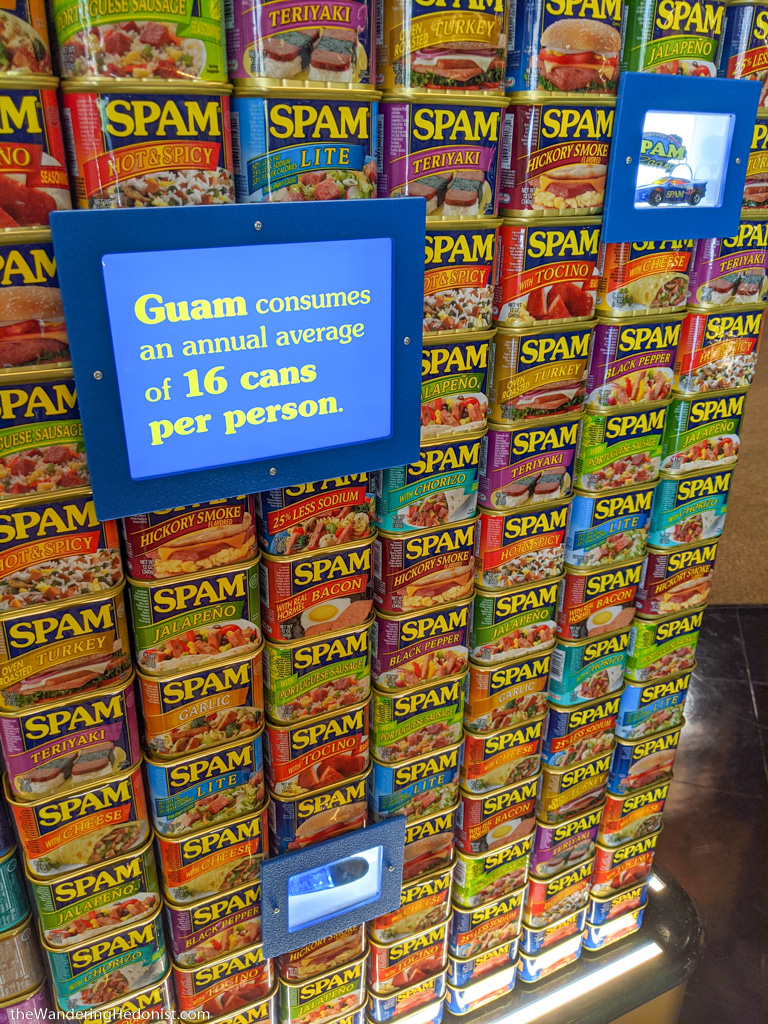
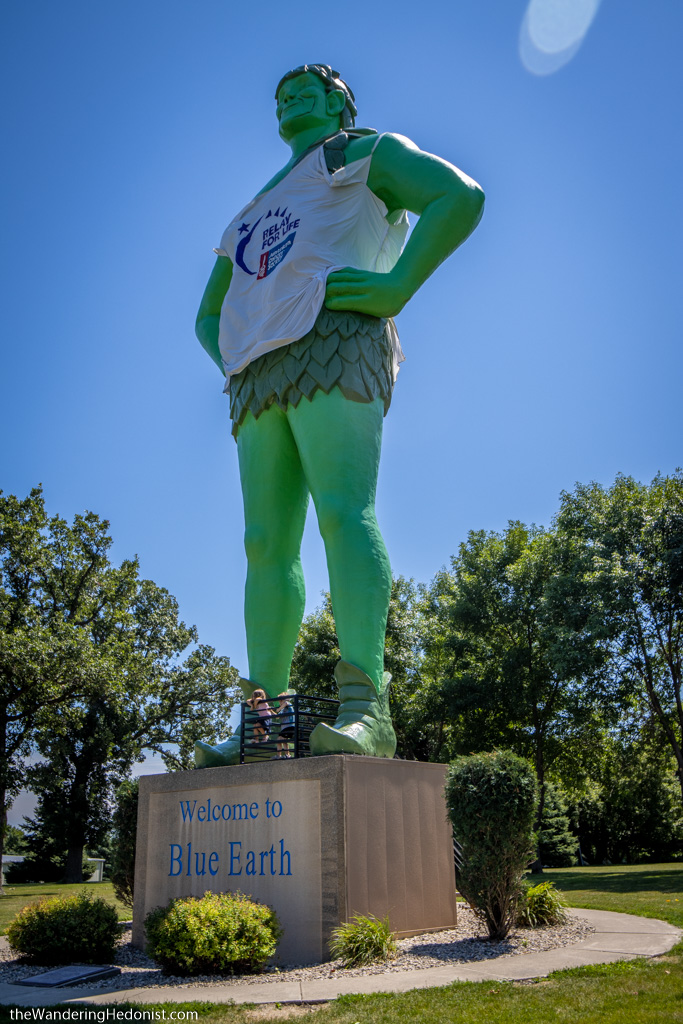
Loved the description of the spam museum… I will have to visit if I am in that part of the country! I grew up poor also and remember my parents making it for lunch or dinner.
Keep on blogging – it’s like being there with you two!!! Miss you and love you both
Yay! So good to hear from you. We think and talk about you often. =) Thanks for reading! I think whenever we next settle I’m going to acquire all of the flavors of SPAM and do a tasting. We love you too!
Any time you want to make some Spam, I’m in.